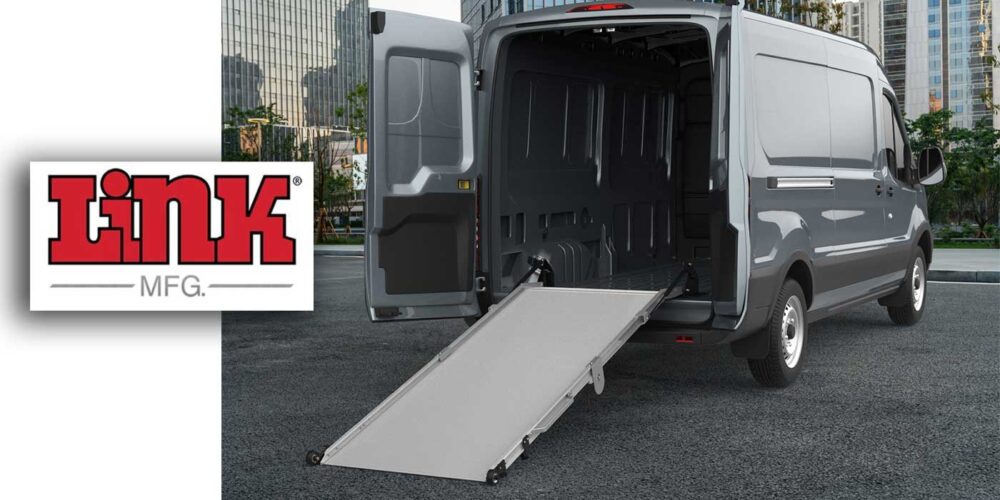Increasing vehicle fuel economy is the key to success in maximizing fleet profits while reducing greenhouse gas emissions. Every fleet is looking at all viable options for both the tractor and trailer when it comes to fuel economy. So what are these options and do they offer a short return on investment?
The faster the truck travels, the lower the fuel economy. Many fleets are looking at reducing their top speed from 65 to 62 MPH. Depending on your specific engine setup, the rule of thumb is a 0.01 improvement in miles/gallon for each drop of 1 mile/hour. Going from 65 to 62 should save about .03 miles/gallon. Reducing idling time is another great way of reducing fuel costs. Some fleets are using financial incentives with their drivers when they keep the idle time to a minimum.
A recent industry-sponsored study showed that the driver has a tremendous effect on fuel economy. In line-haul service, a good driver averaged 11% better fuel economy versus an aggressive driver. This is magnified in pickup and delivery service where there is much more braking and turning. In P&D, there was up to a 33% advantage for the non-aggressive driver in fuel economy. The lesson learned was that driver education can play a tremendous role in reducing fuel costs.
Trailer skirts are becoming more popular as another way of reducing fuel economy. Improving the trailer aerodynamics by using these skirts has shown up to a 7.4% reduction in fuel economy at 60 MPH. Another good way of improving vehicle aerodynamics is adjusting the fifth wheel to keep the trailer as close as possible to the tractor. A few fleets also are using hubcap covers to improve the overall vehicle aerodynamics even further. There are even trailer “nose cones” that are installed on the back of the trailer, which will also improve the aerodynamics.
Reducing vehicle weight is an obvious way to improve fuel economy. The key here is to use lightweight components that will not adversely affect durability. Tires also play a large role in fuel economy. The reason the new generation wide base tires (445/50R22.5 and 455/55R22.5) have proved to be so popular (sales doubling every year for the last 10 years) is the weight savings and fuel economy improvement versus running duals.
Running wide base tires on both the drive and trailer wheel positions, along with aluminum wheels in place of steel, can save up to 1,000 lbs. Maintaining the proper tire pressure is critical for these wide base tires. Running even 10% underinflated will lead to irregular wear and early tire removals. Most fleets that run wide base tires on the trailer position also run an automatic tire inflation system that adds air to the tires as the vehicle is moving down the highway when the pressure drops below the fleet specification.
If you are running dual tires, underinflated tires can reduce fuel economy by 2% or even 3%. Those inside duals, which are rarely checked for proper inflation, can be as much as 30-40 PSI lower than the outside duals. When this happens, tire rotations per mile change dramatically and fuel economy drops even more dramatically. Most tire manufacturers also market a special lineup of fuel-efficient tires.
There are many options for fleets when it comes to reducing fuel economy and saving significant costs. Work with your suppliers and talk to other fleets to get their input as to which fuel economy improvements give the fastest payback.













